Are you looking to perfect your beach body for the remnants of Beijing's burning summer? If so, we got what you need. Below we list some of Beijing’s best gyms by location.
Sanlitun
![]()
SpaceCycle
Patronized by stars all over the world, SpaceCycle (also pictured at top) is known for its trendy and funky and upbeat environment. SpaceCycle sees working out as something way beyond a physical experience, but more about positive energy, fun and vibrancy in life. It mixes music, technology, and pop culture to provide a close-knit instructor and peer support system, fuel individuals’ training with upbeat music, and offer signature music-themed cycling and barred classes. "At SpaceCycle, music is the secret sauce."
Price: RMB 15,000 for unlimited classes per year, RMB 5,100 for 30 classes
Daily 7.30am-10pm. N4-40A, F4, Taikoo Li North, 19 Sanlitunbei Lu (84516101)
三里屯北路19号三里屯太古里北区4层N4-40A
READ: Get on Yer Bike at New SpaceCycle, Gu Cycle, and Base Fit Locations
![]()
LeFit
LeFit is a completely new concept gym. As an O2O gym, it is self-service, runs 24/7, and is heavily integrated with its app. For those who work overtime almost every day, this is the perfect place to work out their fitness regime. At LeFit, you can definitely expect smart air purifiers, central air conditioning and imported facilities with cool new methods of creative training. Last but not least, the dirt-cheap price make it accessible on almost any budget.
Price: RMB 99 per month, RMB 150 per class
24-hours. B1, Jiasheng Center, 19 Dongsanhuanbei Lu JIa (400 1501 866)
东三环北路甲19号嘉盛中心B1
![]()
Base Fit
What’s distinct about Base Fit is that it pays great attention to your overall health. The “B Fit” creative training method developed by Base Fit combines quintessential facets of physical training – body building, body weight training, running, cycling, boxing, yoga, etc. – and is suitable for all age groups. The signature “B Fit” program is professionally accredited and puts emphasis on the dynamics, diversity, and intensity of training, and all clients’ health conditions are scientifically tracked.
Price: RMB 13,000 for annual pass, RMB 4,200 for seasonal pass
Daily 7am-10pm. 39-3 Xingfuercun (5727 6060)
幸福二村39-3
Zhongguancun
![]()
Le Wellness
Situated in the Gate City Mall, Le Wellness enjoys an exceptionally great location, making it very convenient for IT professionals, high school students and college students in the Zhongguancun area to train after work or study. However, the facilities' exceptional accessibility has made it a popular choice, resulting in some crowding during peak hours. But this won't be a problem for those accustomed to working out in the day time.
Price: RMB 3,888 per year
Daily 7am-10pm. 5/F, Xinzhongguan Shopping Center, 19 Zhongguancun Street (8248 8899)
中关村大街19号新中关购物中心5楼
![]()
Khoo Teck Puat Gymnasium
Peking University's Khoo Teck Puat Gymnasium is an indoor arena originally constructed for the 2008 Summer Olympics. Built in an architectural style called "China Ridge" to reflect the spirit of sports, the gymnasium was remodeled after the Olympics Games to become a sports complex including a fitness club, swimming pool, courts, and facilities for a variety of sports including badminton, table tennis, squash and billiards. The grand scope of the area, comprehensive functionality, and exceptionally low price are definitely great motivators to help anyone get into the gym and the swing of things.
Price: RMB 980 per year
Daily 9am-10pm. Peking University, 5 Yiheyuan Lu (6275 0789)
颐和园路5号北京大学内
![]()
Bally Total Fitness
This internationally recognized brand never fails to fascinate sports lovers. Bally Total Fitness is one of the best-equipped fitness centers in Beijing, with its Life Fitness facilities imported from the US. People who train here generally rave about it, especially the range and sheer amount of equipment it offers. It is huge, with everything you’d want in a gym, and is designed to accommodate those serious about lifting. Bally Total fitness is a solid choice for fitness lovers in Zhongguancun.
Price: RMB 3,400 per year
Daily 7am-10pm. B101, Bldg C, Rongkezixun Center, 2 Kexueyuannan Lu (8286 1881)
科学院南路2号融科资讯中心C座B101室
Wangjing
![]()
Gym Box
With 104 different classes every week, an army of very personal trainers to push you to your limits and the best and newest equipment you’ve ever tried to lift, pull, push or beat into submission, Gym Box is a nice place to stay fit in Wangjing. The environment is enjoyable and comfortable. It is huge and well-lit, with massive windows and high ceilings, and you can even watch the musical fountain out the window while on the treadmills.
Price: RMB 388 per class
24-hours. 2611, 6/F, 2A, Wangjing SOHO, 7 Fu'anxi Lu (8429 4778)
阜安西路7号望京SOHO塔2A座商业6层2611室
![]()
D Fitness
D Fitness aims to provide great service and experience for fitness lovers. Coaches here are friendly, interesting and easy to get along with. Private shower rooms are clean and provide shampoo, bath gel, and even cleansing oil for girls, giving it the feeling of a luxury spa. Air purifiers here are fit to fight even the worst air conditions in Beijing. This is the perfect place for those who are looking for a pleasant training experience.
Price: RMB 400 per class
D Fitness 9am-10pm. 1606-07, 16/F, Bldg A, Botaishangye Square, Wangjing (6478 7680)
望京博泰商业广场A座16层1606-07
![]()
Life Gym
Life Gym is spread out over three floors and is approximately a 10-minute walk from Wangjing South subway station. Life Gym offers a variety of classes throughout the day, with a focus on boxing. Both the classroom and central workout space are clean, bright, and equipped with air purification systems. They constantly update their equipment and have even added a turf area with big tires for flipping and a prowler. Fuel yourself for your workout and the resultant gains by dining in; the gym serves up healthy dishes on site.
Price: RMB 500 per class
Daily 9am-10pm. A706 Jiajingtiancheng, 2 Zhonghuannan Lu (8410 0400)
中环南路甲2号佳境天城A706室
Dongzhimen
![]()
Combo Fit
Located in an office building, Combo Fit is nothing high-profile, huge nor fancy, but it is quiet and has everything you need for a decent workout. Coaches there are known to be friendly and engaging, with most specializing in fat loss and flexibility. Many of the center's customers have given this gym positive feedback and sing the praises of the coaches' expertise. The only downside is crowding during peak hours.
Price: RMB 580 per class
Daily 9am-10pm. 5-602, Jinchengjianguo, 5 JIanguomen North Street (8410 0400)
建国门北大街5号金成建国5号-602
![]()
Hosa Fitness
Tons of machines, all shiny and seemingly well maintained. There are plenty of benches for every conceivable type of barbell press – flat, incline, decline, and overhead. The setup would be perfect for someone who wants to isolate muscles and work them from every angle.
But for those who are used to watching videos when training, this seems not to be a perfect choice. Located in the basement, the Internet signal there is not so good. It can get a bit boring while running without access to your favorite online entertainment.
Price: RMB 700 per class
Daily 9am-10pm. B1, 29 Dongzhong Street, East Gate Plaza
东中街29号东环广场B1层
![]()
Get Body Fitness
Get Body Fitness can easily be regarded as one of the best-looking clubs available. The design is simple and the environment is clean and tidy.
Trainers here never give you the sense of salespeople who are more eager to target your wallet than your fitness goals. They come across as friends. They always keep track of you and offer guidance on diet and exercises. In the long run, you will not only have a better build but, more importantly, a better understanding of your own health.
Price: RMB 666 per class
Daily 24-hours. 27G, Bldg C, Dongfangyinzuo, 48 Dongzhimenwai Street (8453 1301)
东直门外大街48号东方银座C座27G
Images: Uni You, Dianping






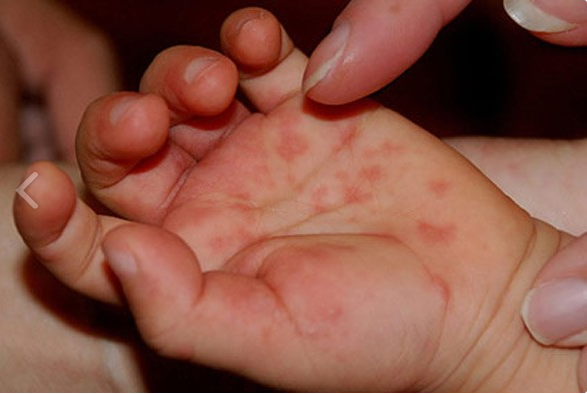




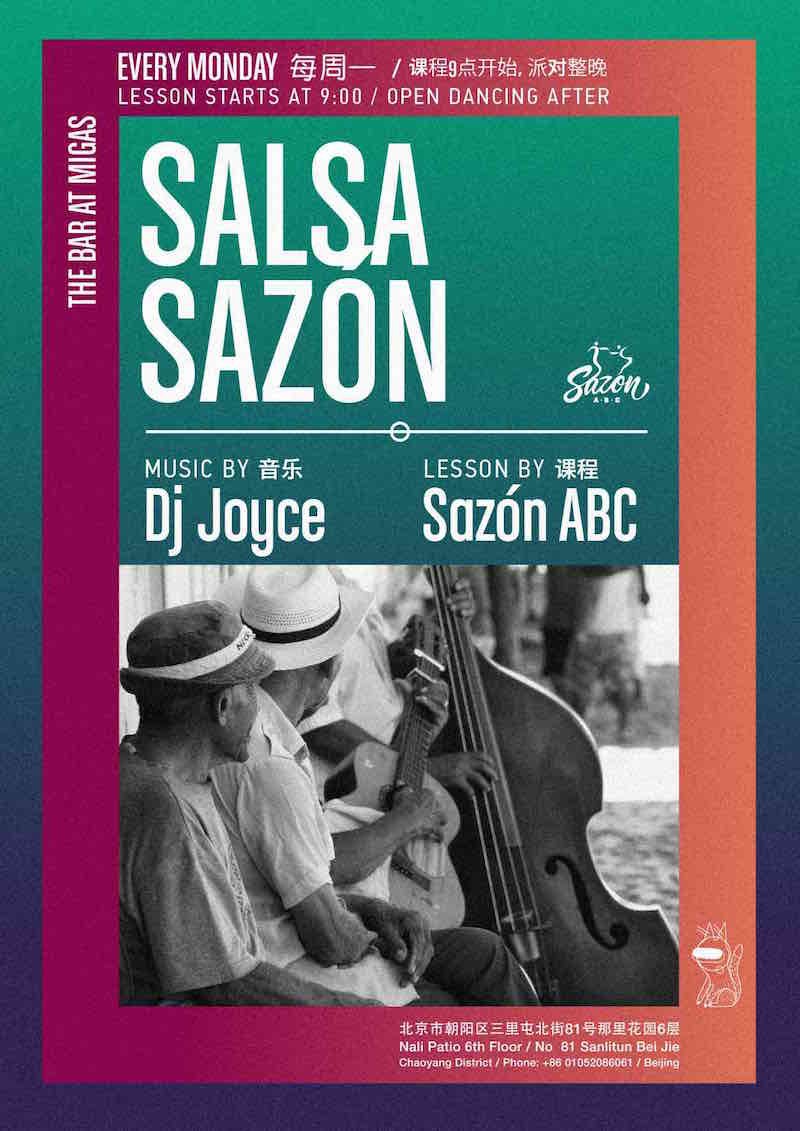

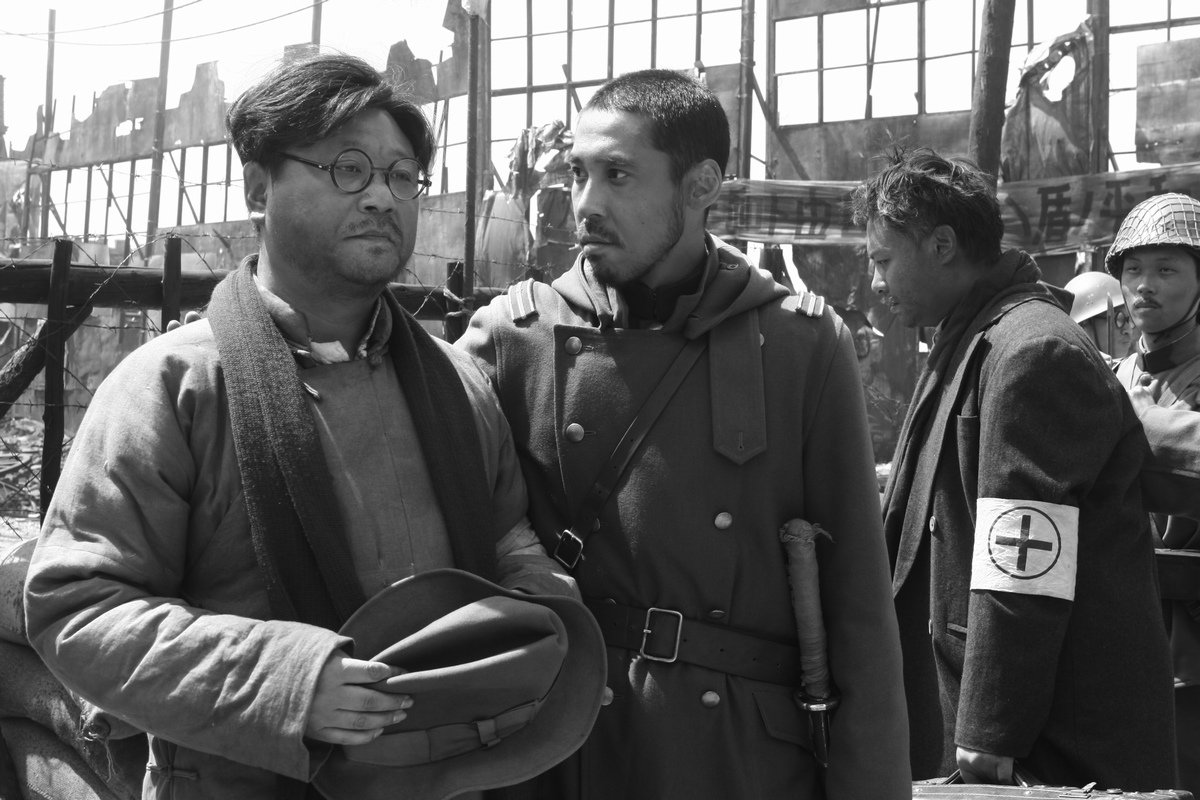
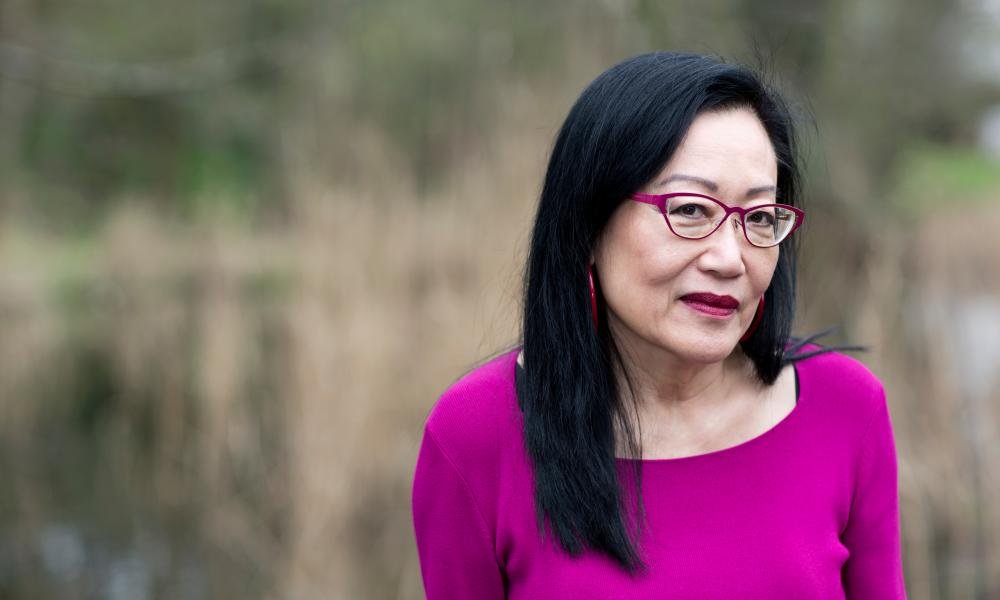
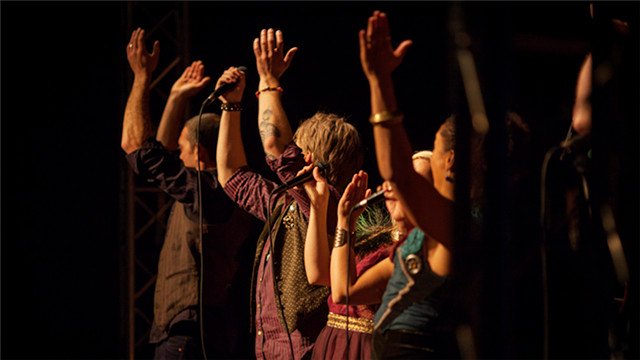






























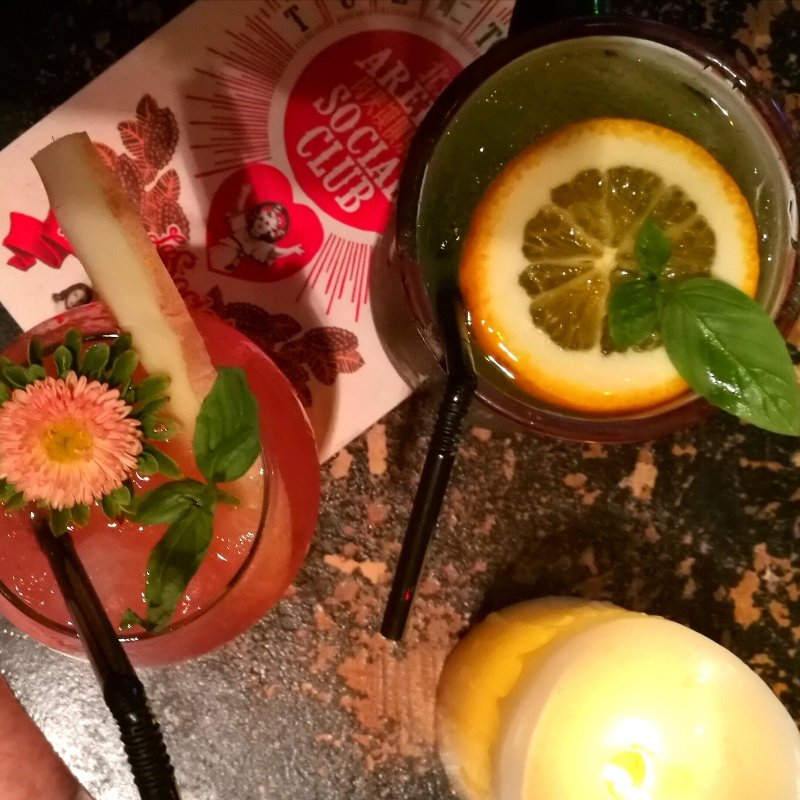








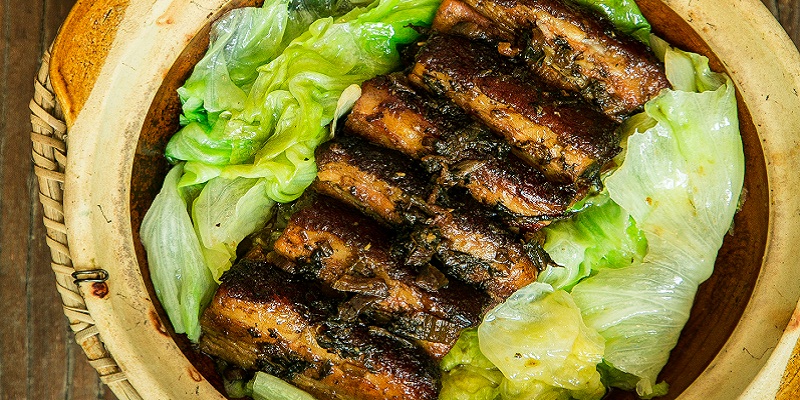





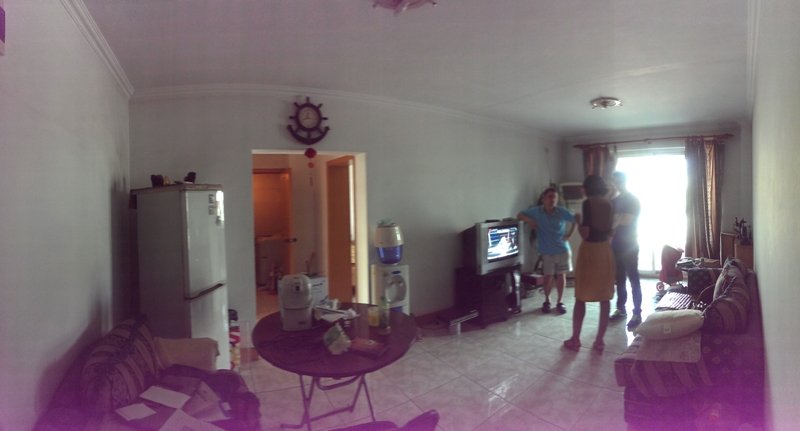

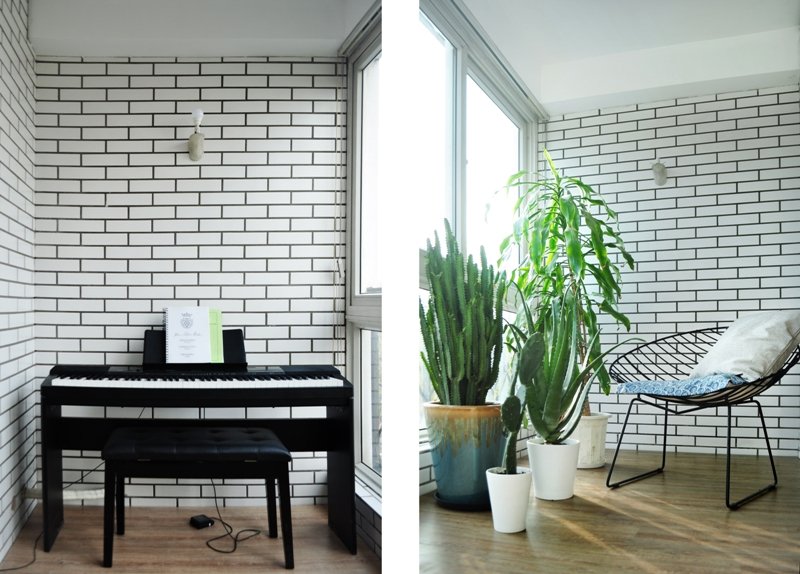
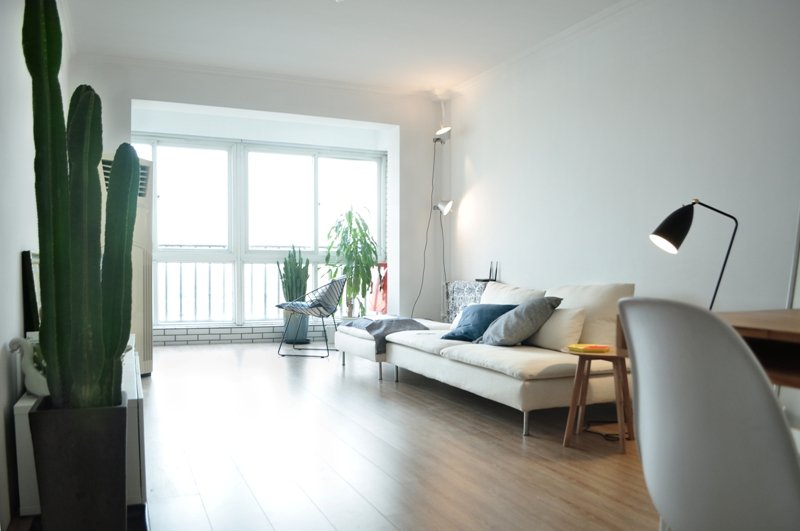
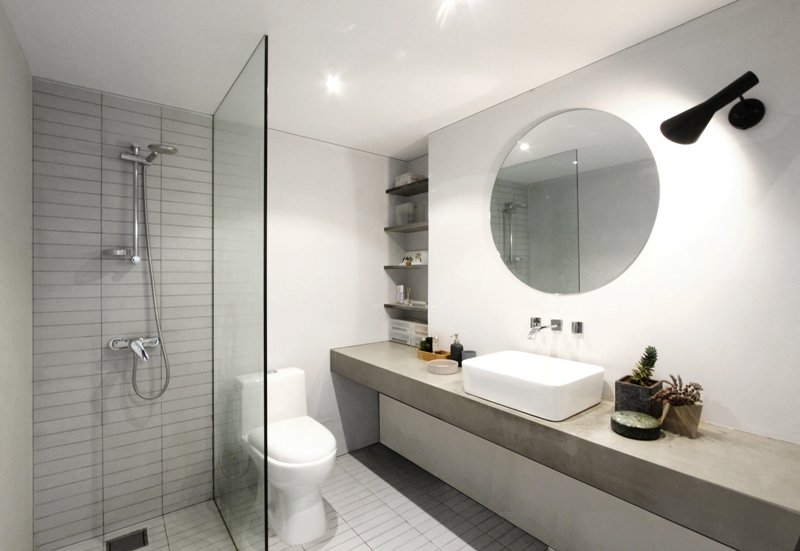
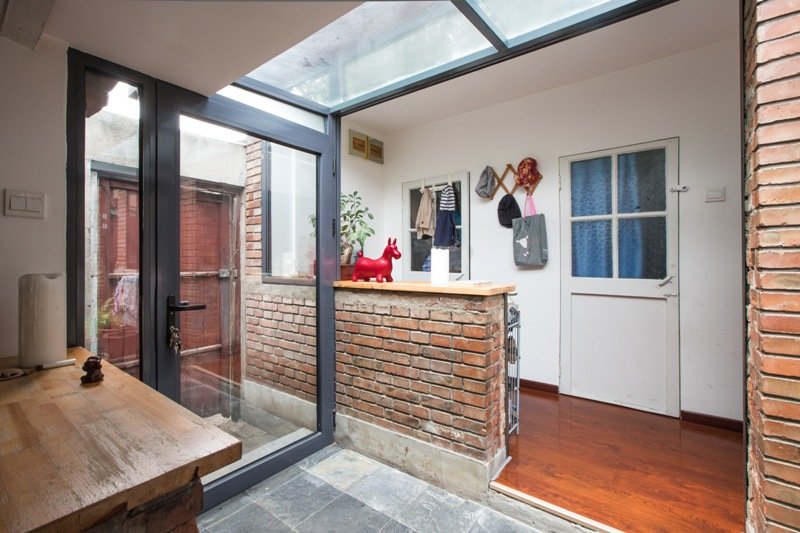
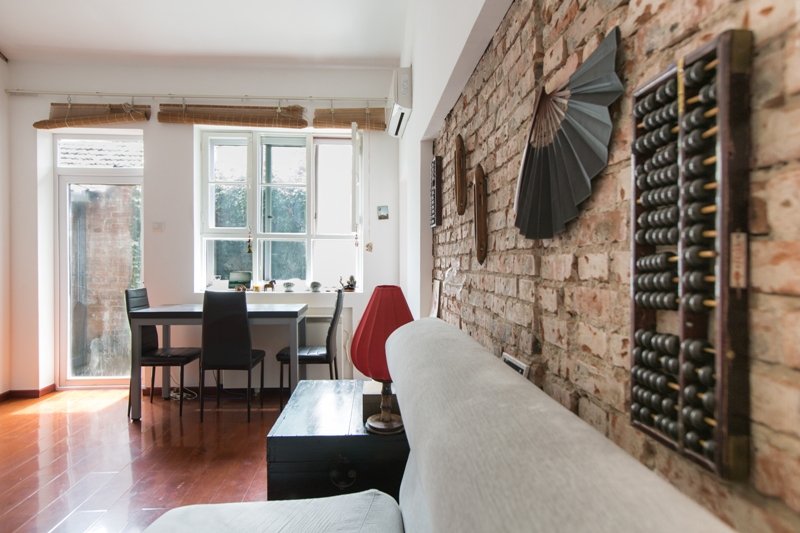

 Martin Yang, sustainable development project manager at BGHEI, says another recent positive on Beijing’s LGBT front is the funding breakdown of this year's AIDS walk, with 60 percent of that money being raised and contributed by local Chinese. “In the past, expats were the biggest donors. So I feel very hopeful that Chinese people living in Beijing are gradually becoming more accepting,” Yang says of the increased support among locals for an epidemic that, while obviously posing a danger to heterosexual citizens, has devastated the gay community all the more. Yang adds that he was also impressed by a recent segment about China’s LGBT rainbow economy on none other than the state-run CGTN English news network.
Martin Yang, sustainable development project manager at BGHEI, says another recent positive on Beijing’s LGBT front is the funding breakdown of this year's AIDS walk, with 60 percent of that money being raised and contributed by local Chinese. “In the past, expats were the biggest donors. So I feel very hopeful that Chinese people living in Beijing are gradually becoming more accepting,” Yang says of the increased support among locals for an epidemic that, while obviously posing a danger to heterosexual citizens, has devastated the gay community all the more. Yang adds that he was also impressed by a recent segment about China’s LGBT rainbow economy on none other than the state-run CGTN English news network. That dramatic online policy shift was equally bitter, though sadly all too familiar, for Fan Popo, the director of LGBT themed documentary
That dramatic online policy shift was equally bitter, though sadly all too familiar, for Fan Popo, the director of LGBT themed documentary  And while Ying Xin, director of the Beijing LGBT Center, is galled by those numerous limits and more, it’s the restrictions on information and media visibility that galvanize her most of all these days. “It is impossible for us to be invisible and silent and still fight for our rights,” she says of how those issues not only presently inhibit LGBT people, but also greatly impede their future. She goes on to explain that much of her center’s reach is at risk of plateauing: ”Now most of our volunteers are students. We need forces from different areas, of different ages. We need more people to join us,” she says, adding that such breakthroughs remain elusive in such a restrictive media climate.
And while Ying Xin, director of the Beijing LGBT Center, is galled by those numerous limits and more, it’s the restrictions on information and media visibility that galvanize her most of all these days. “It is impossible for us to be invisible and silent and still fight for our rights,” she says of how those issues not only presently inhibit LGBT people, but also greatly impede their future. She goes on to explain that much of her center’s reach is at risk of plateauing: ”Now most of our volunteers are students. We need forces from different areas, of different ages. We need more people to join us,” she says, adding that such breakthroughs remain elusive in such a restrictive media climate.
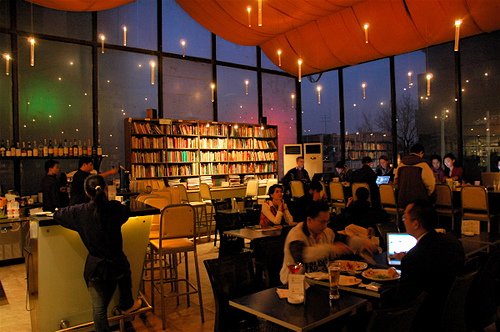










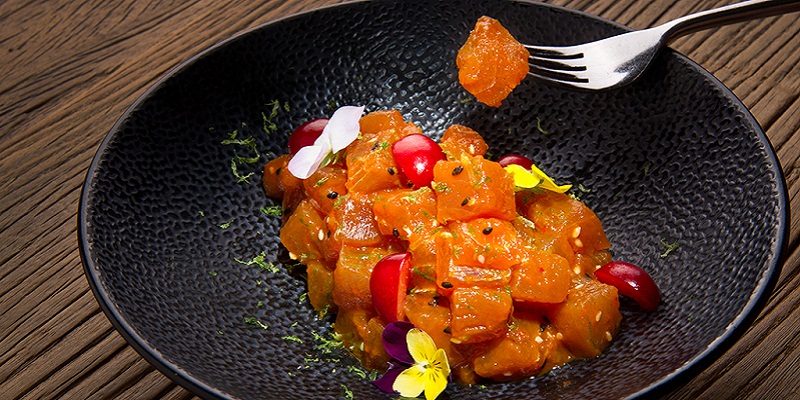



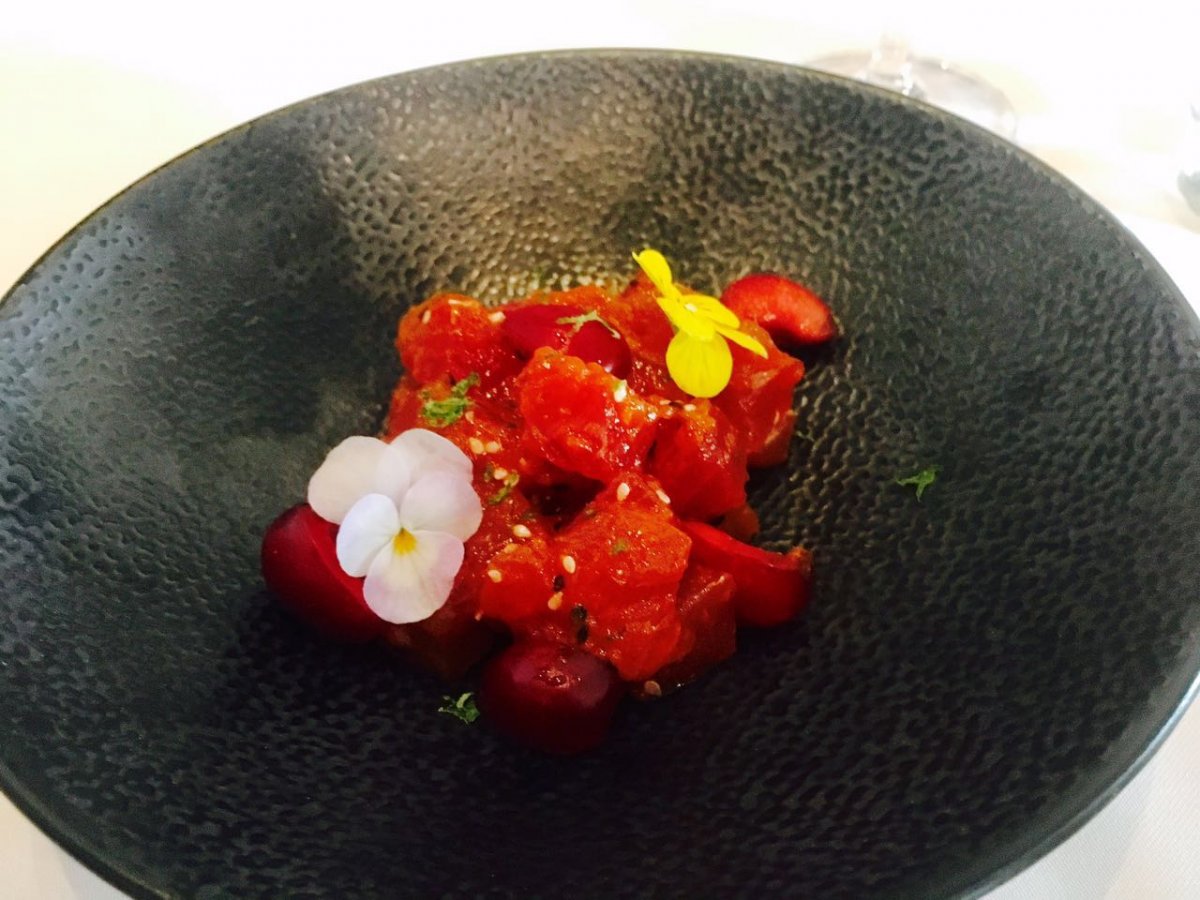
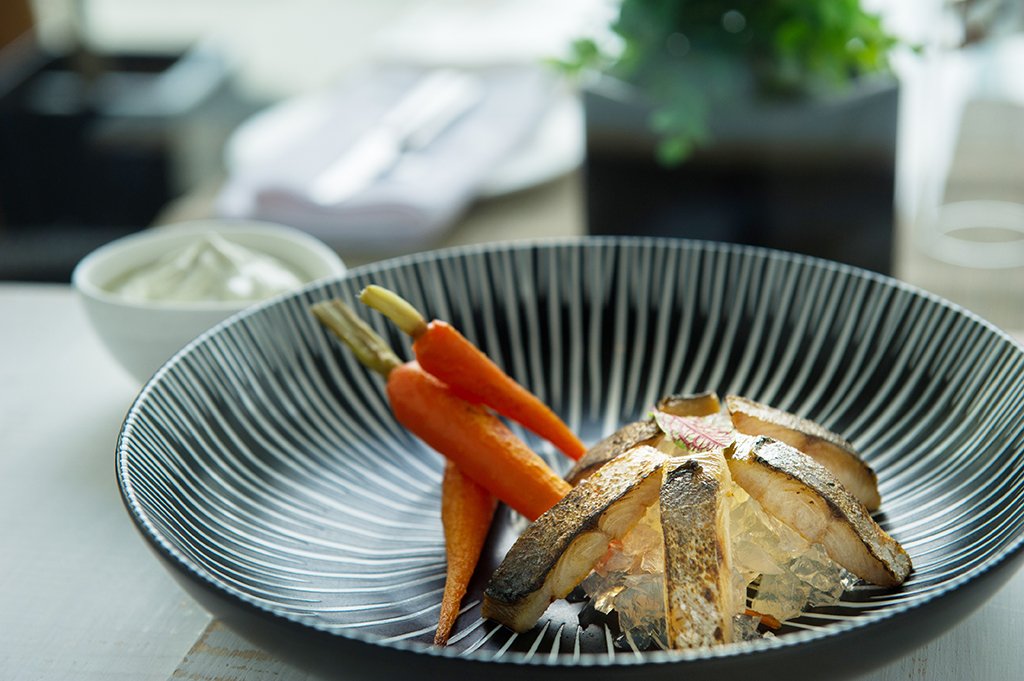

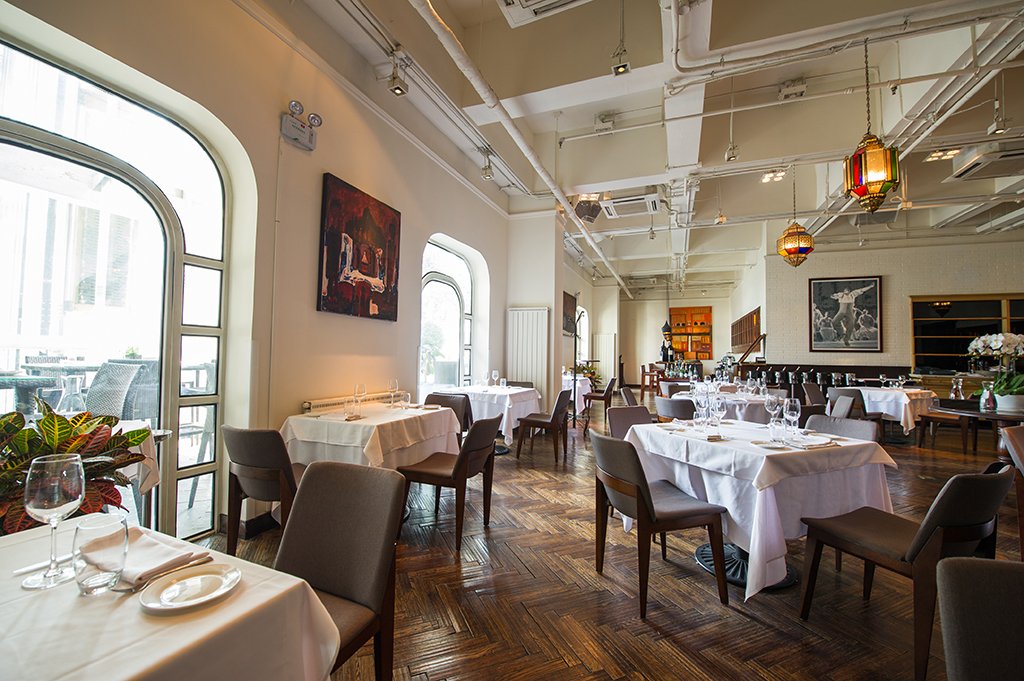






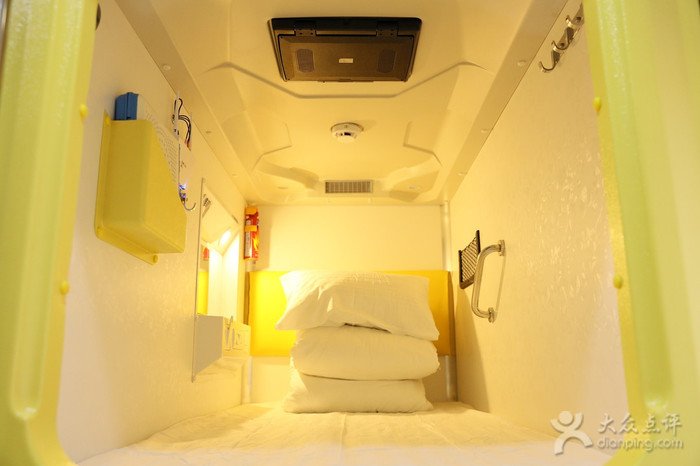

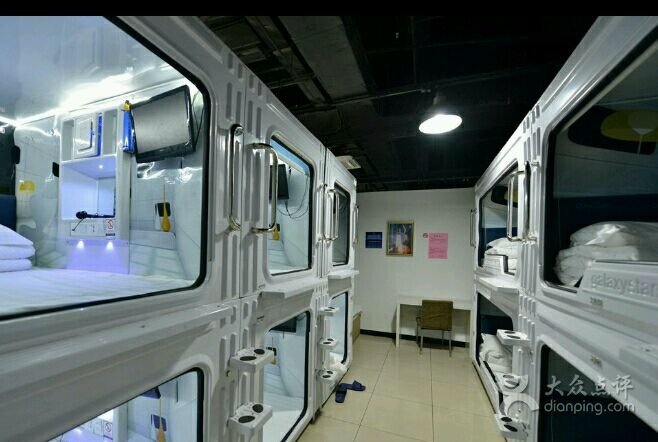




 However, the
However, the 